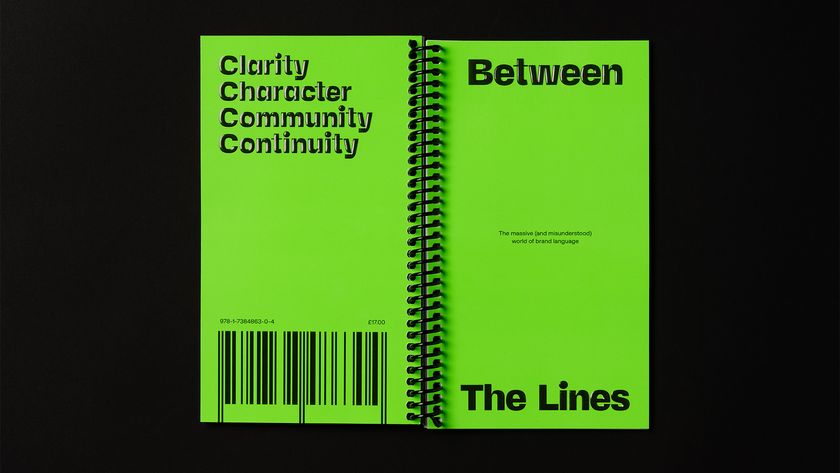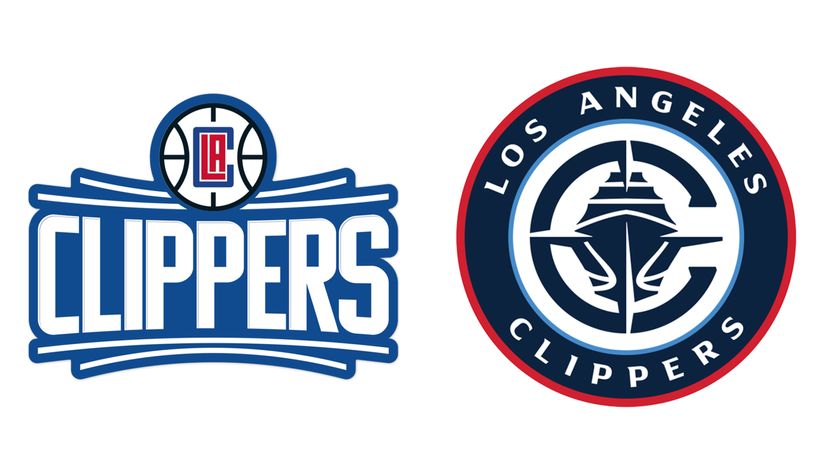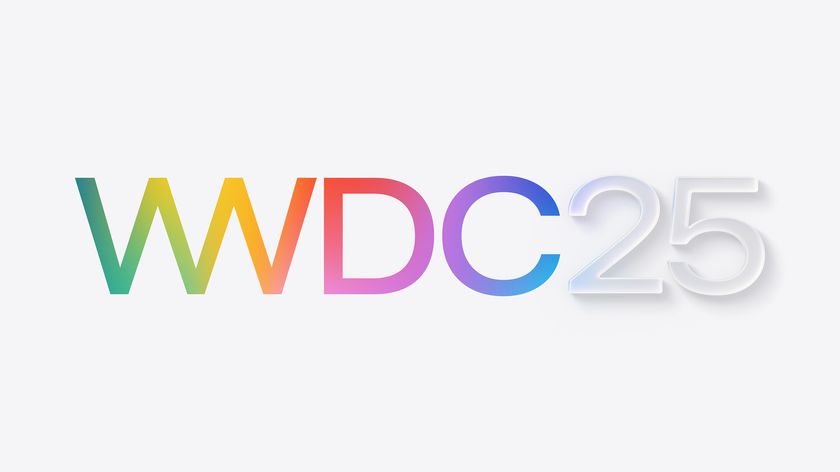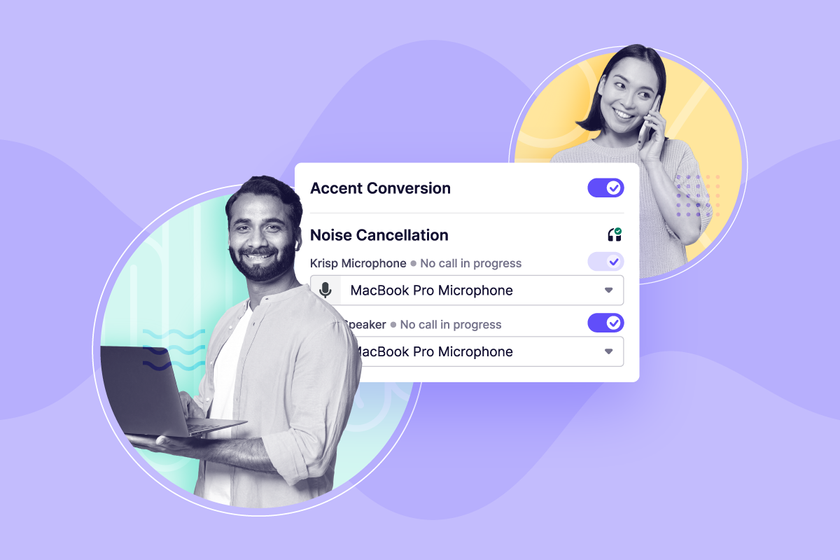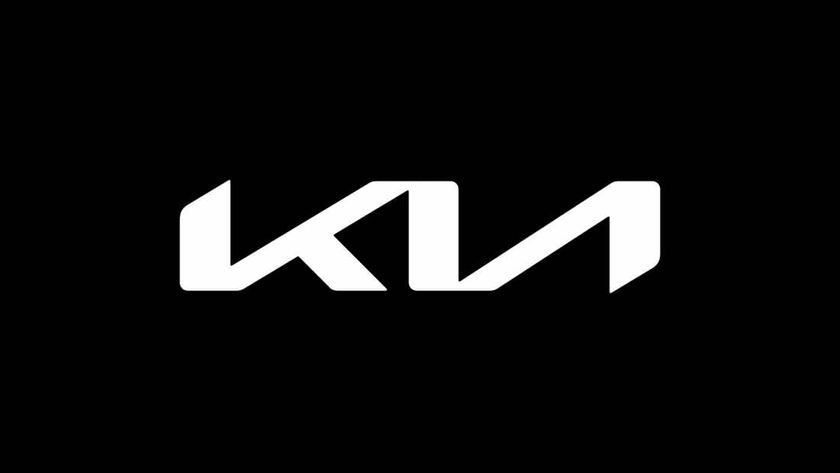Balance content strategy with the voice of the brand
Generate NY speaker Margot Bloomstein reveals the three-step process she guides clients through.

For a long time companies forgot to think about the needs of their users. Companies only focused on their priorities and what they wanted to express. That changed with user-centred design – people started digging into the needs of different audiences. But there’s a risk that an organisation can lose itself in exclusively paying attention to users. Brand and content strategist, Margot Bloomstein, is on a mission to bring the pendulum back to the middle.
“If companies within a particular industry that speak to the same audience only focus on the needs of that audience, it would be a very bland experience ,” she argues.
“Airlines that sell the same product would all look and sound the same, and that’s just not right because we know that they differ as brands, even if they fly the same routes, sometimes at the same price point. We know that the experiences that JetBlue, Virgin and United offer differ wildly, and people have different loyalties, proclivities and interests that correspond to those brands. I like to work with my clients to help them best express those differences. If they know who they are, then they can better decide what they want to communicate and what kind of language, content types and platforms are best to engage their audiences.”
Bloomstein, who has worked with clients like Timberland, Lindt, and Al Jazeera America, helps brands ensure the choices they make are not just right for their audience but also right for them as a company; an approach she calls brand-appropriate user experience.
Should a brand be communicating in short, truncated sentences, long-form copy or in bullet lists, for example? Should they be conducting video interviews with their stakeholders, or would it be better to hear directly from their biggest customers?
The first step, regardless of the client’s industry, size or problem they are trying to solve, is always to help them create a message architecture. Bloomstein defines this as a hierarchy of the communication goals that can be used to guide the copy creation as well as the visual design. For this purpose she tends to facilitate an exercise around BrandSort, a deck of cards that she’s created to help the client prioritise and clarify all of those important communication goals.
Bloomstein guides the client through a three-step process (first introduced in her book, Content Strategy at Work) of sorting attribute cards describing who they are, who they’d like to be and who they’re not. She then analyses which terms are so core and important to the brand that they want to make sure they hold onto them, while others are discarded.
Get the Creative Bloq Newsletter
Daily design news, reviews, how-tos and more, as picked by the editors.
“Maybe you’ve always been thought of as traditional and you realise that’s stodgy and boring, but you still want to be seen as established, responsible and reliable, ” she explains. “Finally, we figure out the natural patterns in those terms and rank them. We find out what’s most important to communicate – for example, your sense of innovation and being a ground-breaking, thought leadership-orientated organisation."
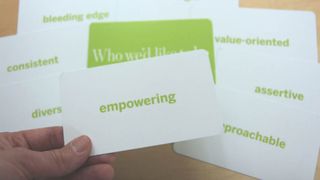
Once the message architecture has been established, Bloomstein moves into the more tactical work. This could be conducting a content audit and establishing editorial style guidelines. The message architecture is used to measure the brand’s existing content to test it.
“I can’t tell you how many times I’ve worked with a team that might start out by saying they want to be seen as modern,” Bloomstein laughs, “but when I ask them what that means and how it differs from how they’ve always done things, oftentimes people pause and shrug, because who doesn’t want to think of their work as modern? We have to unpack those terms and go from abstract to concrete.
"The BrandSort tool is a way to do that. By the time you get to the actual content, whether it’s speccing out photography, developing infographics or writing copy, it’s real and concrete, and you can see how it all goes back to the original message architecture. I firmly believe that you cannot conduct a content audit that is effectively qualitative as well as quantitative unless you first understand the message architecture of an organisation.”
To find out more about Margot's career, and examples of brands that get content strategy just right, you can read the full interview in the latest issue of net magazine.
Margot will be one of the speakers at Generate New York on April 25-27, 2018. You can view the full, star-studded line-up, and book your early bird tickets now.

Related articles:

Thank you for reading 5 articles this month* Join now for unlimited access
Enjoy your first month for just £1 / $1 / €1
*Read 5 free articles per month without a subscription

Join now for unlimited access
Try first month for just £1 / $1 / €1
Oliver is an independent editor, content consultant and founder of Pixel Pioneers. Formerly the editor of net magazine, he has been involved with the web design and development industry for more than a decade and helps businesses across the world create content that connects with their customers. He is passionate about content, user experience, accessibility and designing for social good.


